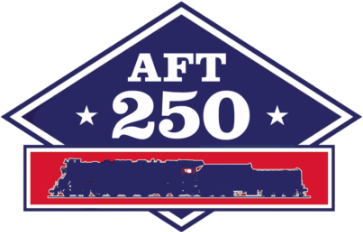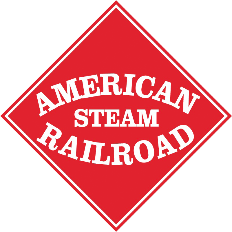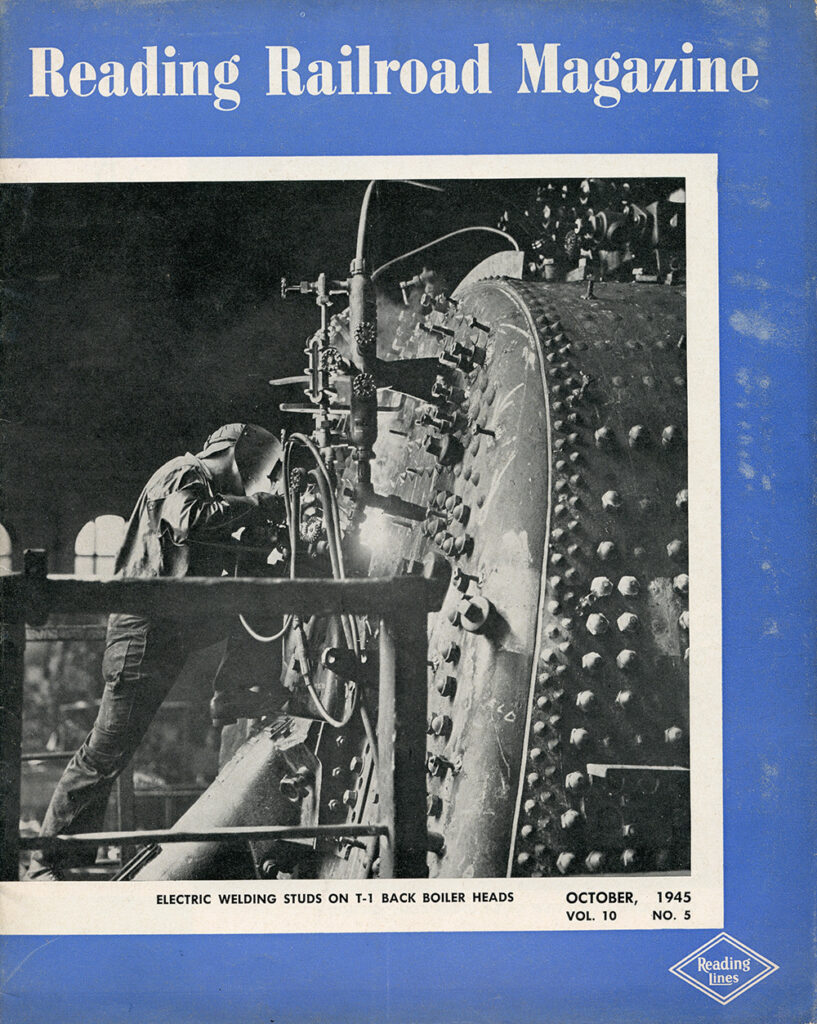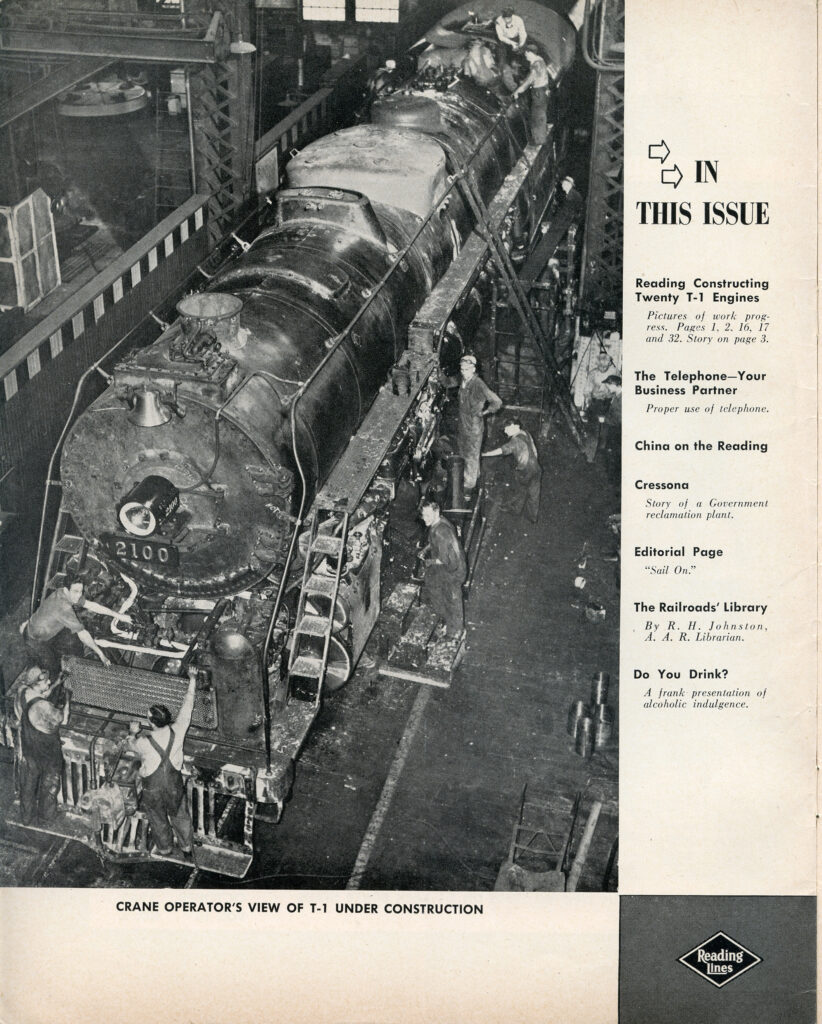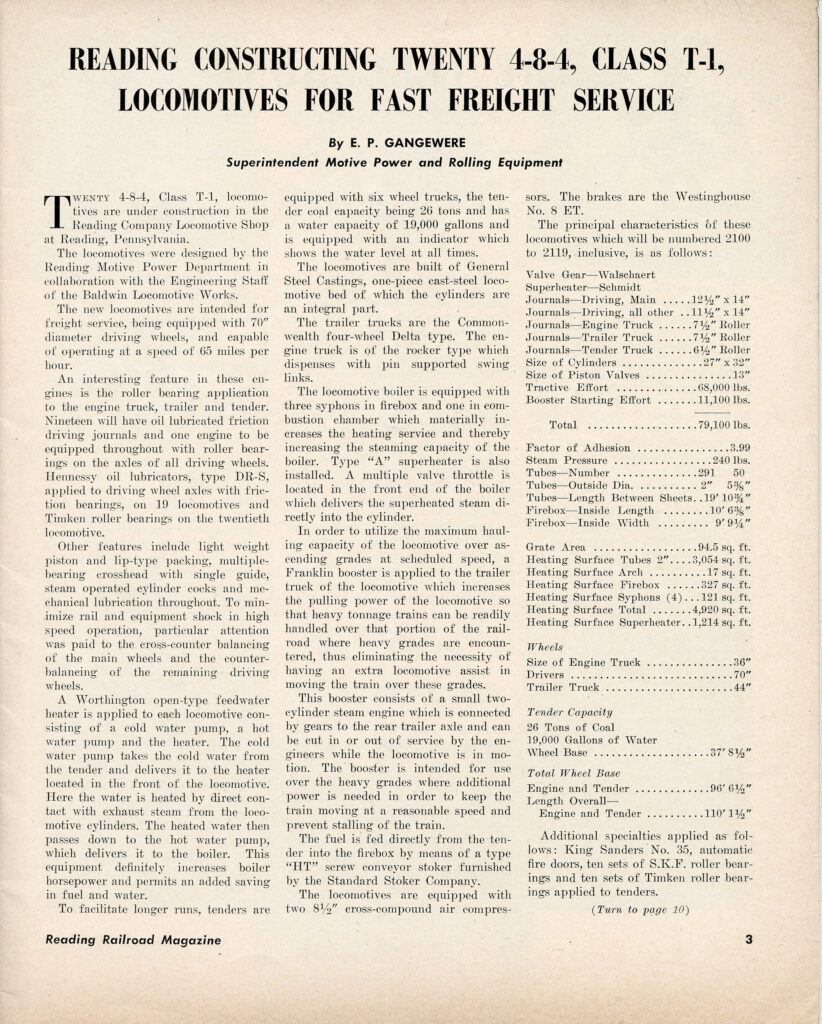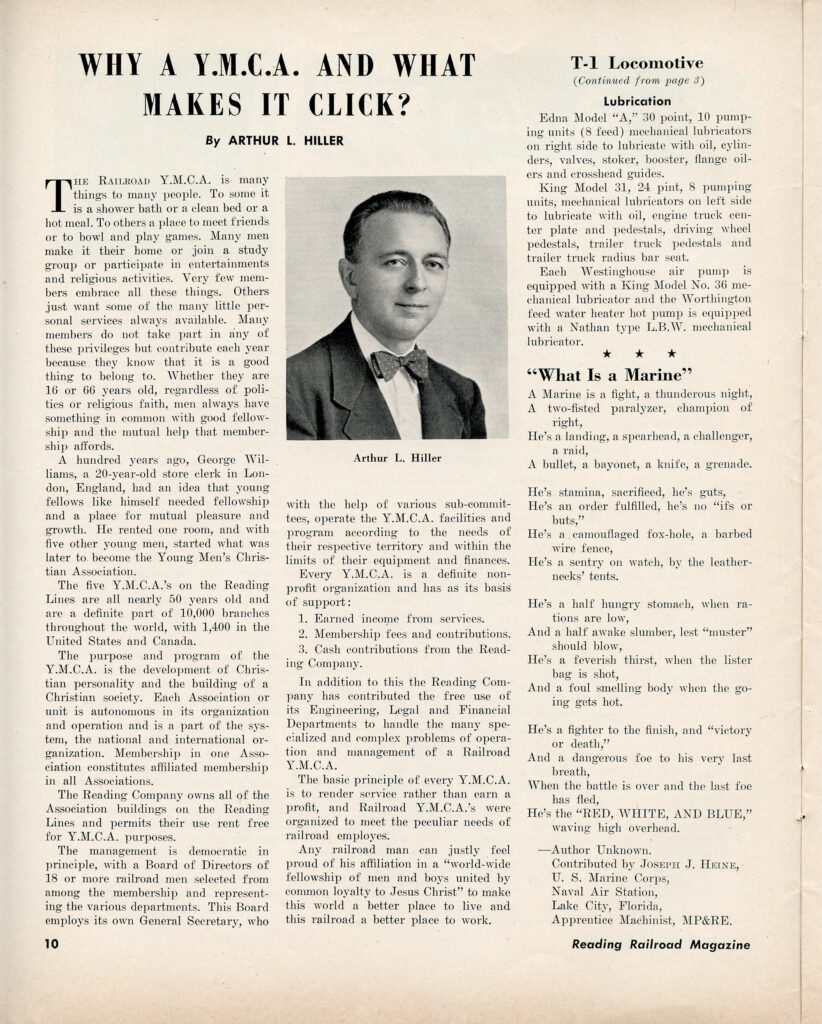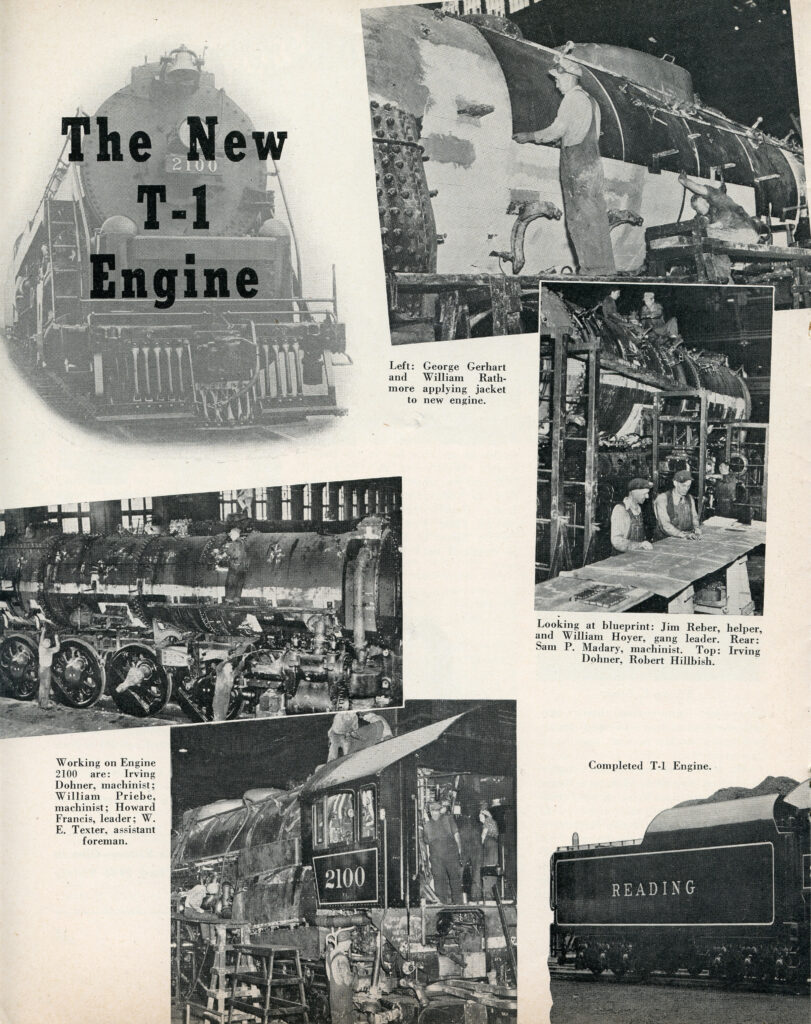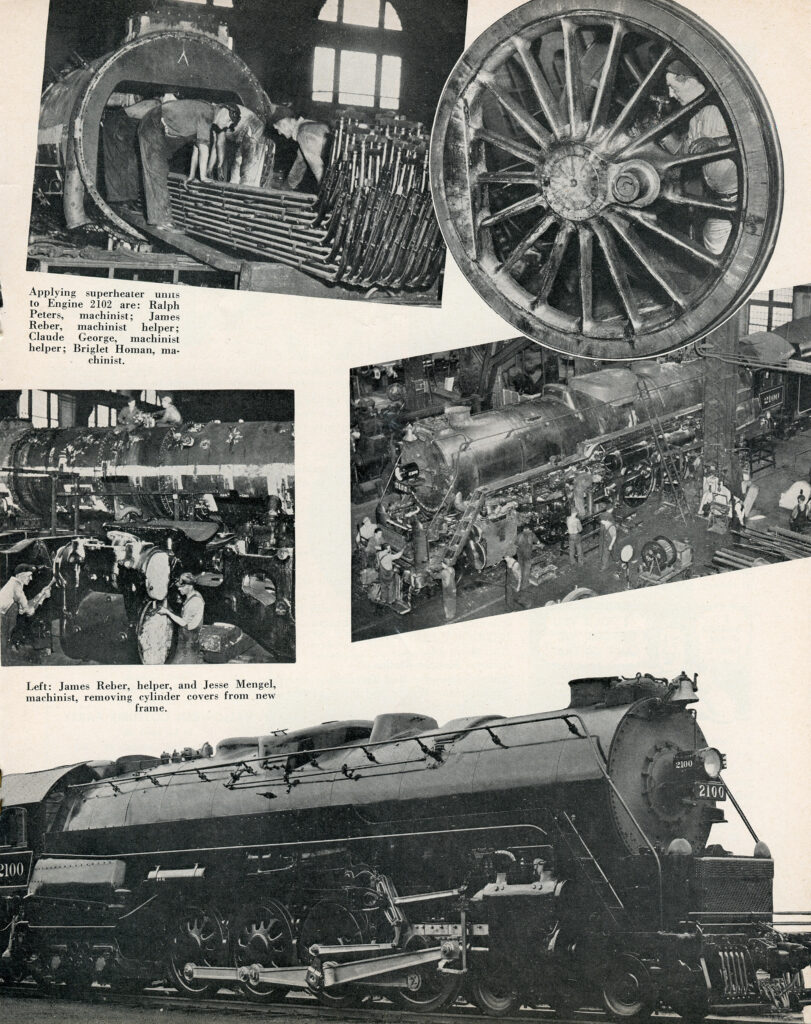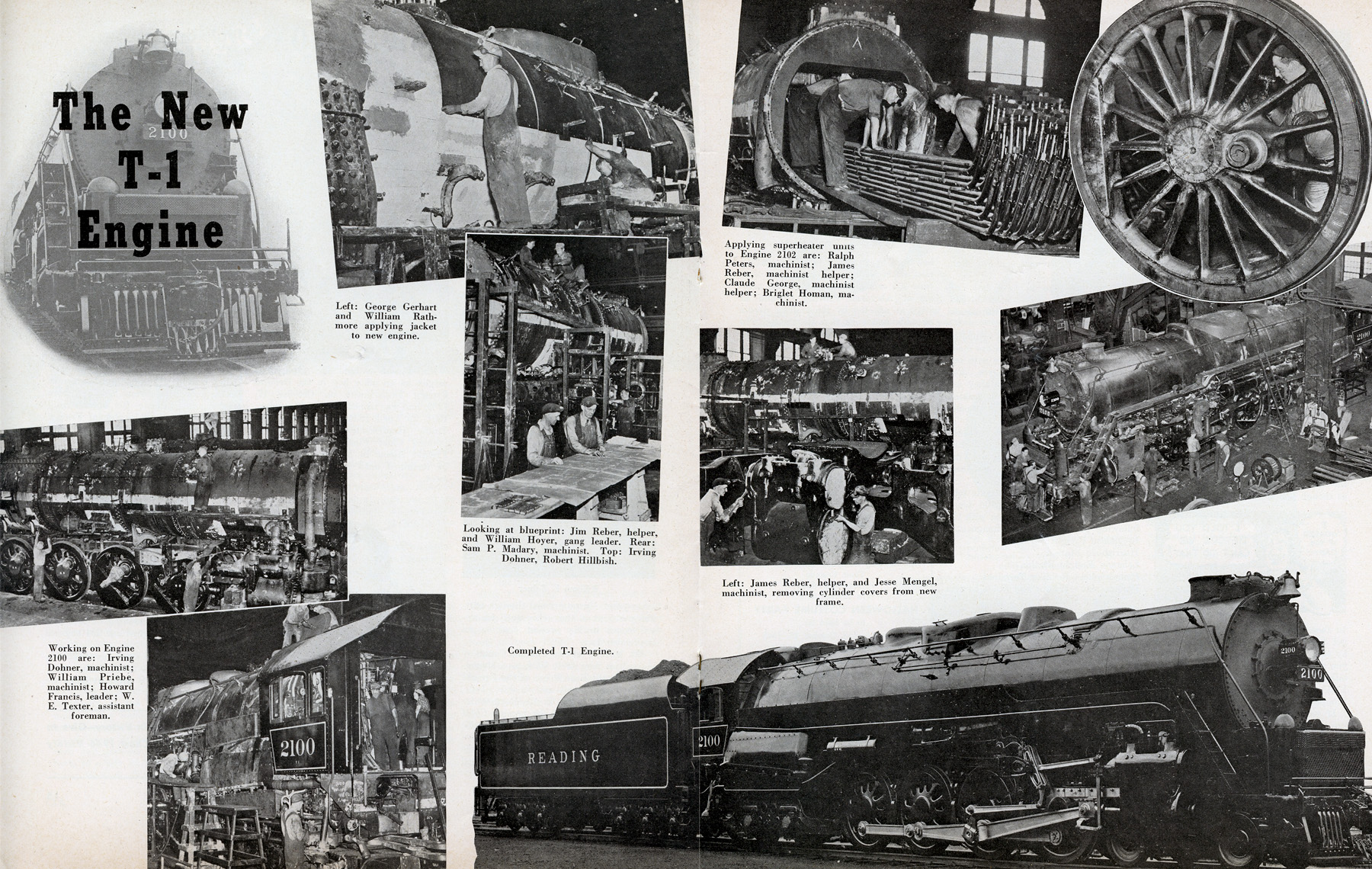
Below are text and photos from the October 1945 edition of the Reading Company’s magazine. It details the construction of Reading 2100, and many of the technical refinements from the late period of steam locomotive design. We are grateful to the Reading Railroad Heritage Museum for furnishing this issue to use for 2100’s 75th birthday this month.
Reading Constructing Twenty 4-8-4, Class T-1, Locomotives for Fast Freight Service
By E.P. Gangewere
Superintendent Motive Power and Rolling Equipment
Twenty 4-8-4, Class T-1, locomotives are under construction in the Reading Company Locomotive Shop at Reading, Pennsylvania.
The locomotives were designed by the Reading Motive Power Department in collaboration with the Engineering Staff of the Baldwin Locomotive Works.
The new locomotives are intended for freight service, being equipped with 70” diameter driving wheels, and capable of operating at a speed of 65 miles per hour.
An interesting feature in these engines is the roller bearing application to the engine truck, trailer, and tender. Nineteen will have oil lubricated friction driving journals and one engine to be equipped throughout with roller bearings on the axles of all driving wheels. Hennessy oil lubricators, type DR-s, applied to driving wheel axles with friction bearings, on 19 locomotives and Timken roller bearings on the twentieth locomotive.
Other features include light weight piston and lip-type packing, multiple bearing crosshead with single guide, steam operated cylinder cocks and mechanical lubrication throughout. To minimize rail and equipment shock in high speed operation, particular attention was paid to the cross-counter balancing of the main wheels and the counter balancing of the remaining driving wheels.
A Worthington open-type feedwater heater is applied to each locomotive consisting of a cold-water pump, a hot water pump and the heater. The cold-water pump takes cold water from the tender and delivers it to the heater located in the front of the locomotive. Here the water is heated by direct contact with exhaust steam from the locomotive cylinders. The heated water then passes down to the hot water pump, which delivers it to the boiler. This equipment definitely increases boiler horsepower and permits an added saving in fuel and water.
To facilitate longer runs, tenders are equipped with six-wheel trucks, the tender coal capacity being 26 tons and has a water capacity of 19,000 gallons and is equipped with an indicator which shows water levels at all times.
The locomotives are built of General Steel Castings, one-piece cast-steel locomotive bed of which the cylinders are an integral part.
The trailing trucks are Commonwealth four-wheel Delta type. The engine truck is of the rocker type which dispenses with pin supported swing links.
The locomotive boiler is equipped with three syphons in the firebox and one in combustion chamber which materially increases the heating surface and thereby increasing the steaming capacity of the boiler. Type “A” superheater is also installed. A multiple valve throttle is located in the front end of the boiler which delivers the superheated steam directly into the cylinder.
In order to utilize the maximum hauling capacity of the locomotive over ascending grades at scheduled speed, a Franklin booster is applied to the trailing truck of the locomotive which increases the pulling power of the locomotive so that heavy tonnage trains can be readily handled over that portion of the railroad where heavy grades are encountered, thus eliminating the necessity of having an extra locomotive assist in moving the train over these grades.
This booster consists of a small two-cylinder steam engine which is connected by gears to the rear trailer axle and can be cut in or out of service by the engineers while the locomotive is in motion. The booster is intended for use over the heavy grades where additional power is needed in order to keep the train moving at a reasonable speed and prevent stalling of the train.
The fuel is fed directly from the tender into the firebox by means of a type “HT” screw conveyer stoker furnished by the Standard Stoker Company.
The locomotives are equipped with two 8 ½” cross-compound air compressors. The brakes are the Westinghouse No. 8 ET.
The principal characteristics of these locomotives which will be numbered 2100 to 2119, inclusive, is as follows:
Valve gear – Walschaert
Superheater – Schmidt
Journals – Driving, Main – 12 ½” x 14”
Journals – Driving, all other – 11 ½” x 14”
Journals – Engine Truck – 7 ½” Roller
Journals – Trailer Truck – 7 ½” Roller
Journals – Tender Truck – 6 ½” Roller
Size of Cylinders – 27” x 32”
Size of Piston Valves – 13”
Tractive Effort – 68,000 lbs.
Booster Starting Effort – 11,100 lbs.
Total – 79,100 lbs.
Factor of Adhesion – 3.99
Steam Pressure – 240 lbs.
Tubes – Number – 291 50
Tubes – Outside Dia. – 2” 5 3/8”
Tubes – Length Between Sheets – 19’ 10 ¾”
Firebox – Inside Length – 10’ 6 3/8”
Firebox – Inside Width – 9’ 9 1/4”
Grate Area – 94.5 sq. ft.
Heating Surface Tubes 2” – 3,054 sq. ft.
Heating Surface Arch – 17 sq. ft.
Heating Surface Firebox – 327 sq. ft.
Heating Surface Syphons (4) – 121 sq. ft.
Heating Surface Superheater – 1,214 sq. ft.
Heating Surface Total – 4,920 sq. ft.
Wheels
Size of Engine Truck – 36”
Drivers – 70”
Trailer Truck – 44”
Tender Capacity
26 Tons of Coal
19,000 Gallons of Water
Wheel Base – 37’ 8 ½”
Total Wheel Base
Engine and Tender – 96’ 6 ½”
Length Overall –
Engine and Tender – 110’ 1 ½”
Additional specialties applied as follows: Kind Sanders No. 35, automatic fire doors, ten sets of S.K.F. roller bearings and ten sets of Timken roller bearings applied to the tenders.
Lubrication
Edna Model “A,” 30 point, 10 pumping units (8 feed) mechanical on right side to lubricate with oil, cylinders, valves, stoker, booster, flange oilers and crosshead guides.
King Model 31, 24 pint, 8 pumping units, mechanical lubricators on the left side to lubricate with oil, engine truck center plate and pedestals, driving wheel pedestals and trailer truck radius bar set.
Each Westinghouse air pump is equipped with a King Model No. 36 mechanical lubricator and the Worthington feed water heater hot pump is equipped with a Nathan type L.B.W. mechanical lubricator.
